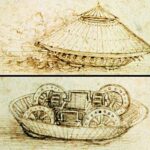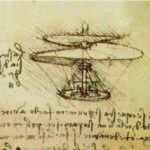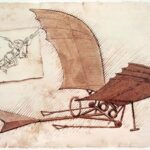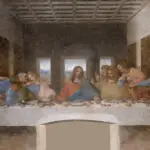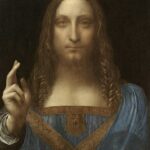Michelangelo Buonarroti was born in 1475 in the small town of Caprese, Italy. He was the second of five brothers and was raised by his mother and a stonecutter uncle, who recognized his artistic talents and gave him his first lessons in sculpture.
Michelangelo was apprenticed to Domenico Ghirlandaio, a prominent artist in Florence, at the age 13. He learned the art of fresco painting and also studied the works of ancient sculptures.
Sculpture by Michelangelo
At the age of 17, Michelangelo moved to Bologna to study anatomy and sculpture. He later returned to Florence, where he worked on several important artworks, including the Pieta (1499-1500) and the David (1501-1504). The Pieta depicts the Virgin Mary cradling of Jesus Christ after his descent form from the Cross. The David statue, carved from a single block of marble, is considered one of Michelangelo’s greatest masterpieces and is now housed in the Galleria dell’Accademia in Florence.
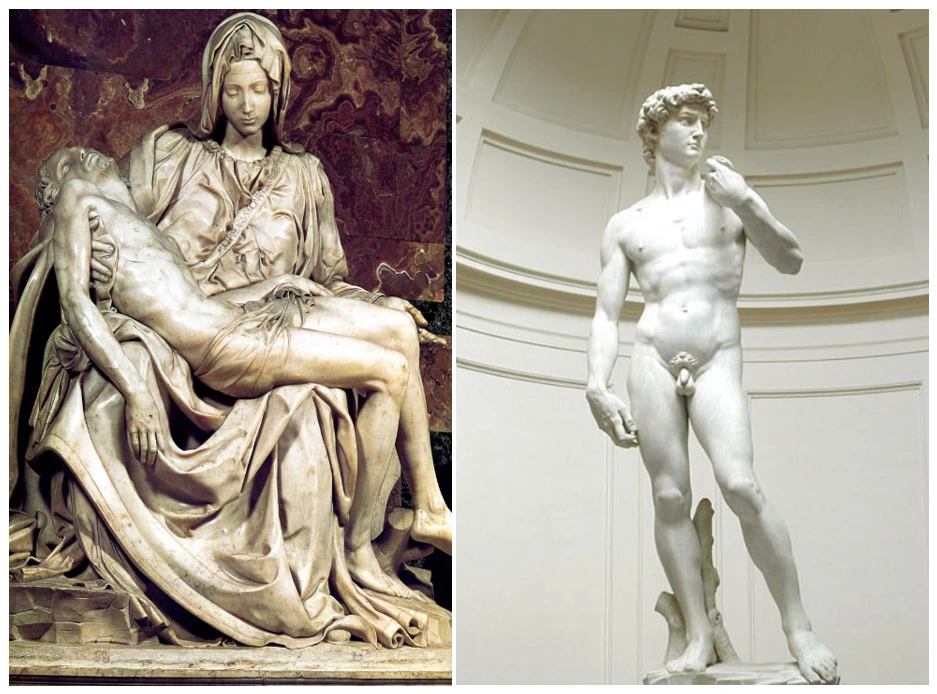
Pieta (1498-1499, left) and David (1501-1504, right) sculpture by Michelangelo
The Sistine Chapel ceiling by Michelangelo
In 1508, Michelangelo was commissioned to paint the Sistine Chapel ceiling in Rome by Pope Julius II. This work took four years (1508-1512) to complete and is considered one of the greatest masterpieces of High Renaissance art. The frescoes depict scenes from the Book of Genesis and are known for their dynamic composition, use of vibrant colors, and attention to detail, particularly in the portrayal of the human form.
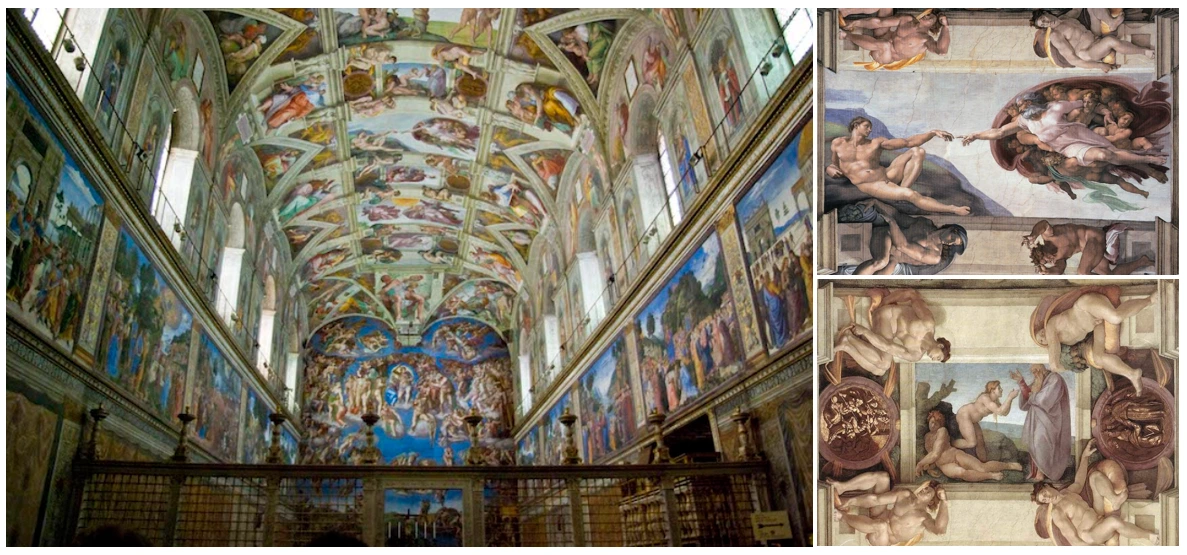
The Sistine Chapel ceiling (1508-1512, left), the Creation of Adam (right up), and the Creation of Eve (right down)
The Last Judgement by Michelangelo
The Last Judgment (1536-1541) is also a fresco painting in the Sistine Chapel ceiling, and it depicts the final judgment of humanity by God, with Christ as the central figure surrounded by saints and angels. The souls of the dead are being judged and sent either to Heaven or Hell, depicted on either side of the painting. The figures in the painting express emotions ranging from terror to ecstasy, creating a dramatic and powerful image of the ultimate fate of all humanity.
Michelangelo’s art style, the High Renaissance, is characterized by its dramatic and emotional intensity, as well as its mastery of anatomy and movement. His sculptures are known for their powerful physicality and energy, as well as their realistic and expressive portrayal of the human form.
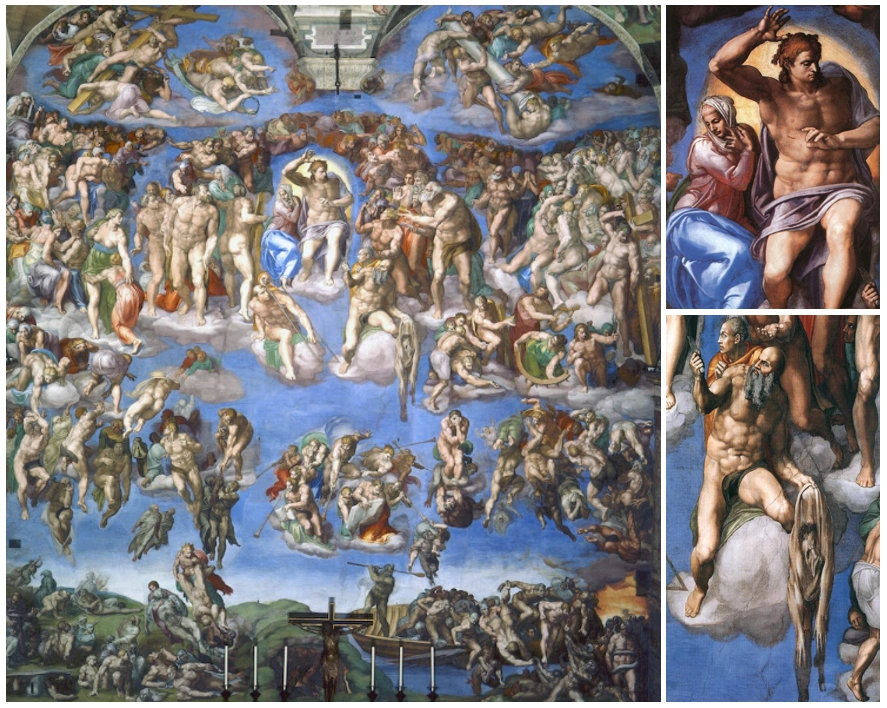
The Last Judgement (1536-1541, left), Jesus Crist and Virgin Mary (right up), and St. Bartholomew (right down)
